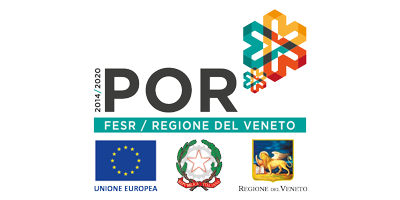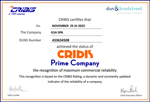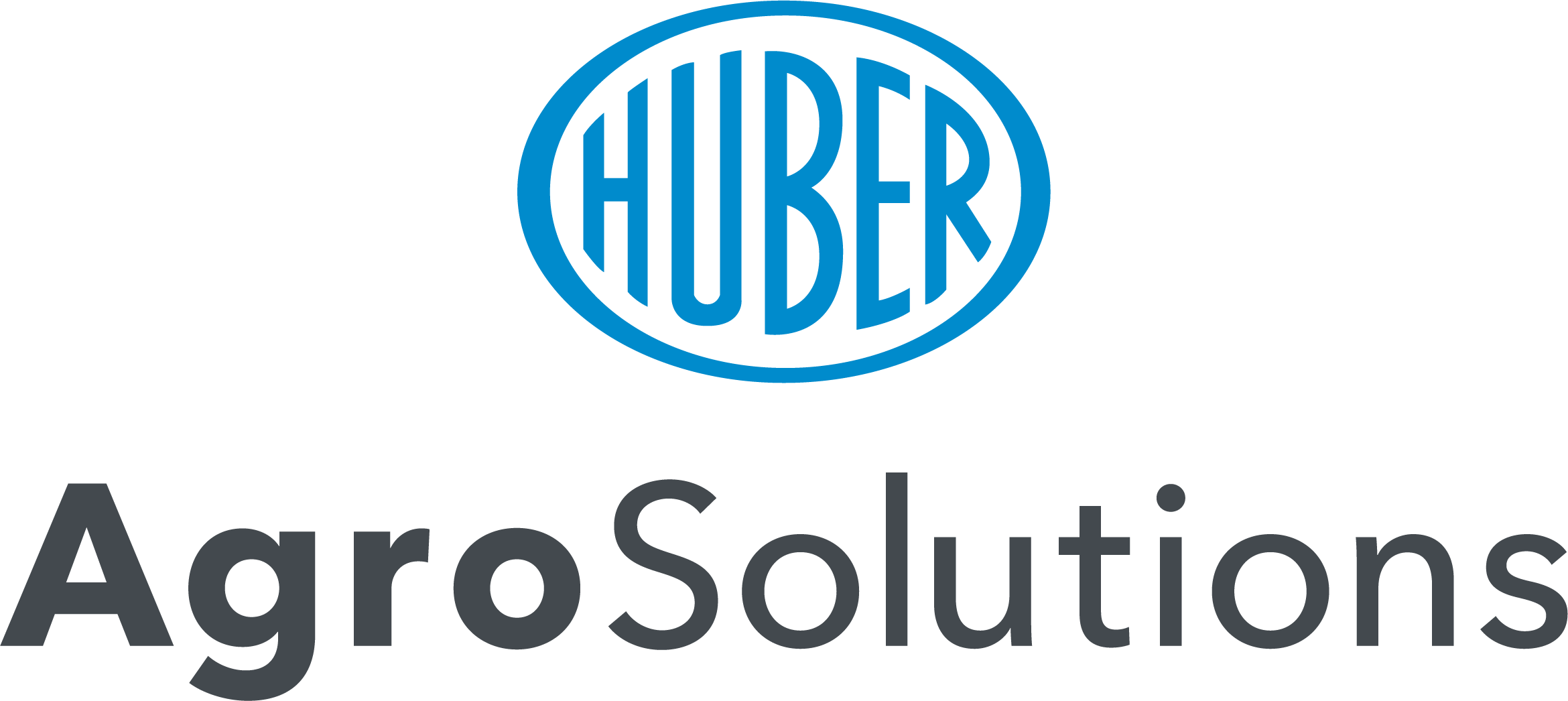Good to Know Technique
Unique matrixes and technologies for unique bio-stimulants
28/09/2018
Bio-stimulants represent a vibrant growth sector. It is much discussed and there are many companies who view bio-stimulants as a market opportunity, but also many farmers who have noticed the indispensable assistance provided by these products in order to improve the yield and quality of their production, thanks to the effects they have over all the main phases of the cultivating cycle, from rooting to plant development and photosynthesis efficiency, from increasing the size of fruits to resistance to cracking and various types of climatic stress, up to improving different qualitative aspects, such as sugar content, taste, colour and shelf life.
The market offers various types of bio-stimulants, or allegedly so, but what really characterises a bio-stimulant consists of the natural raw material, the production process and the proven effects on the primary and secondary metabolism of plants. Thus, the selection of “true” bio-stimulants is reduced to a few large families: enzymatic hydrolysate of Fabaceae, products based on algae extracts and yeasts, protein hydrolysates based on free amino acids, mycorrhiza, humic acids and other plant extracts. Moreover, there is a specific Annex to L. Decree 75/2010 (Annex 6, point 4.1), which lists the bio-stimulants recognised by law as such.
The partnership “raw material – production process” is what actually distinguishes one bio-stimulant from another and ratifies its greater quality and effectiveness. Bio-stimulants deriving from the same raw material but through a different process have very different characteristics and effects on the plants. The same occurs if we start with different raw materials, even though the same process may be used, the composition and features of the product cannot be the same. Ilsa exploits this partnership precisely in order to produce unique bio-stimulants, unlike all the others on the market. Collagen and plants from the Fabaceae (Leguminosae) family are the raw material, enzymatic hydrolysis and supercritical CO2 extraction the processes. Enzymatic hydrolysis therefore, not chemical hydrolysis. Instead of chemical compounds, Ilsa employs specific pools of enzymes to produce its protein hydrolysates and therefore its bio-stimulants based on free amino acids.
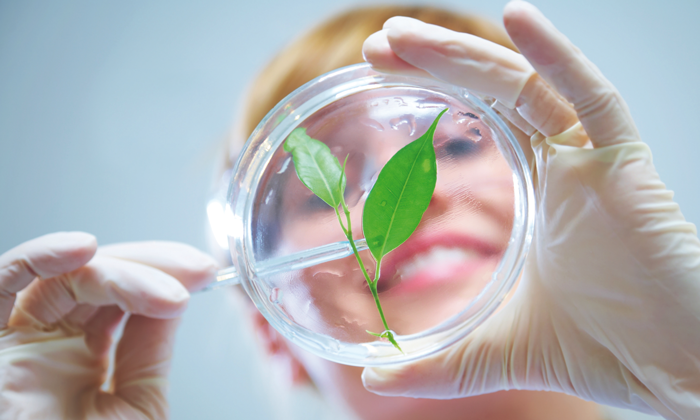
Albeit starting from the same raw material, unlike those obtained from chemical hydrolysis, protein hydrolysates obtained through enzymatic hydrolysis are stable with low salinity. In addition, unlike chemical hydrolysis, enzymatic hydrolysis has the characteristic of maintaining the free amino acids in the “laevorotatory” form, the natural one, actually used by the plants. Ilsa is one of very few companies worldwide to carry out enzymatic hydrolysis, but the other companies which employ the same process, start with different raw materials. The result? A good quality product, but with a completely different amino acid profile, less balanced compared with the one which collagen can ensure, a very noble raw material, so much so that it is used to produce cosmetics and gelatines for human consumption. Not just collagen. Ilsa uses the enzymatic hydrolysis process in order to also produce 100% plant-derived bio-stimulants, originating from the Fabaceae family. The result is once again excellent and the matrix is an “enzymatic hydrolysate of Fabaceae”, recognised under law as a bio-stimulant. By means of the “Fabaceae-Enzymatic hydrolysis” partnership, Ilsa is able to obtain plant amino acids, vitamins, phenolic compounds, saponin and other vegetative compounds with a bio-stimulating action, in particular Triacontanol, an alcohol with hormone-like characteristics, with decades of scientific publications and which the Fabaceae are particularly rich in. Only enzymatic hydrolysis is capable of effectively extracting a small quantity of natural Triacontanol (max 10 mg/kg) unlike other types of hydrolyses which destroy it completely.
Moreover, unlike the synthetic triacontanol available on the market, the natural one extracted from the Fabaceae is completely soluble and available to the plants. Another Ilsa innovation, available to farmers throughout the world, is the supercritical CO2 extraction technology, not a novelty for some industries such as the food, pharmaceutical and cosmetic ones, but a breakthrough for producing technical means for the agricultural sector. By regulating the temperature and pressure conditions, carbon dioxide converts into a “supercritical fluid” (with features halfway between gas and liquid) and becomes the totally natural and harmless solvent capable of extracting not just triacontanol, but all other plant molecules with a bio-stimulating action.
Ilsa has named this program: VIRIDEM® (From plants for plants) and by means of completely natural molecules, obtained from “noble” raw materials and from “exclusive” processes, it now has available a range of bio-stimulants capable of meeting the most diverse needs of plants with an efficacy which other products are unlikely to achieve.



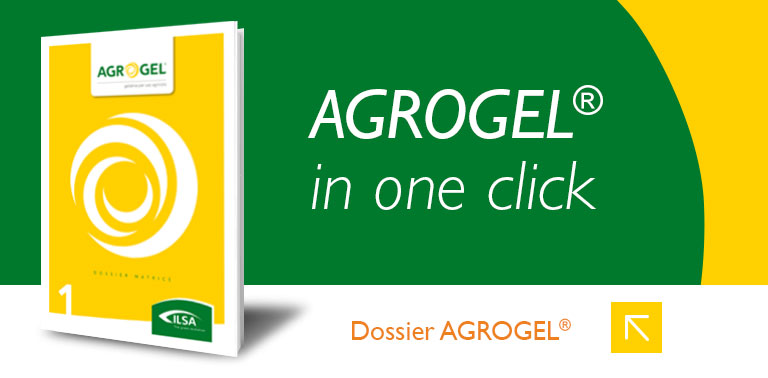
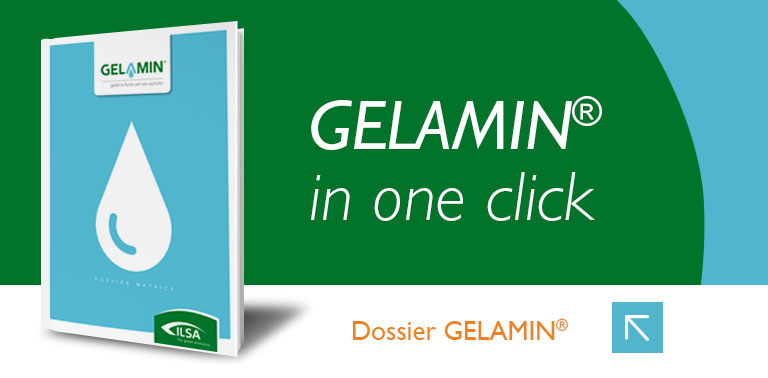
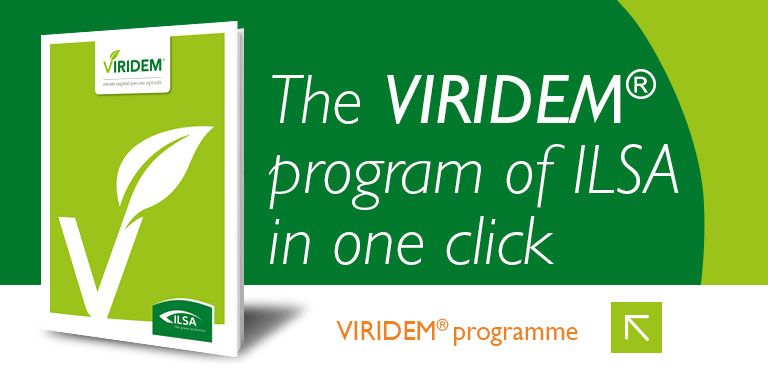
.png)
